School of Internships
Program & outcomes
how we run the program
This section will walk you through how we run the Internships. Very obviously it changes depending on the needs of the student, however what will be clear is the structure of the high level process.
Internship durations change depending on the motive of the student and the project – we strongly recommend an Internship that builds life experience, general skills, problem-solving expertise and building the resume that helps them stand out in the college admission process.
Student Assessment Application
The Student Application Assessment is MANDATORY. Our Internships fit around the student and we deeply care about the student and their success.
We focus on the students personality, their dreams, their goals, what they are passionate about and why, and we interview them. We look for unique and original thinkers/doers. Their grades in school is not something we look at and is never the yardstick of success here and perhaps anywhere.
Internships Offered
We offer Industry or Subject areas that we believe will be the future, and we will keep adding additional subject areas based on the future demand. Internships are hands-on, based on creating something unique, impact based, future and industry driven. Essentially, the outcome of the Internship is for the student to experience their dream job, college majors and creating impact in society they are passionate through this project based Internship.
Internships are free, mentorship is not. Money will not buy a seat in our organization. We only cater to 10 students a month.
Details of the Internships offered are on this page titled “INTERNSHIPS OFFERED“, highlights are below. Please scroll through and check out the program outcomes.
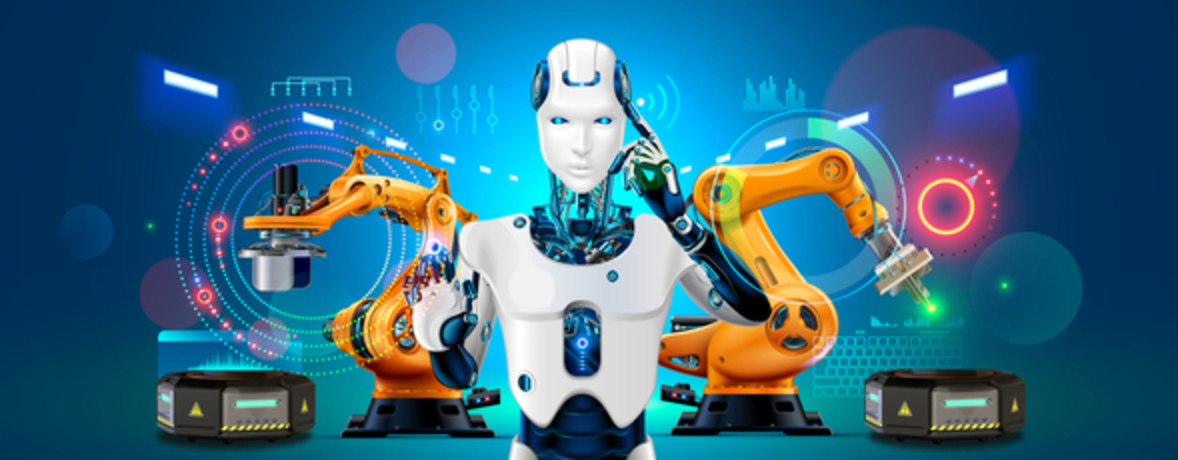
1. Robotics and IoT : Core problem solving and design of Robot. Offered for all grades and range from 1, 3, and 6 months every year. There is a deep interest among students for this subject and the project can scale up or down depending on the needs.
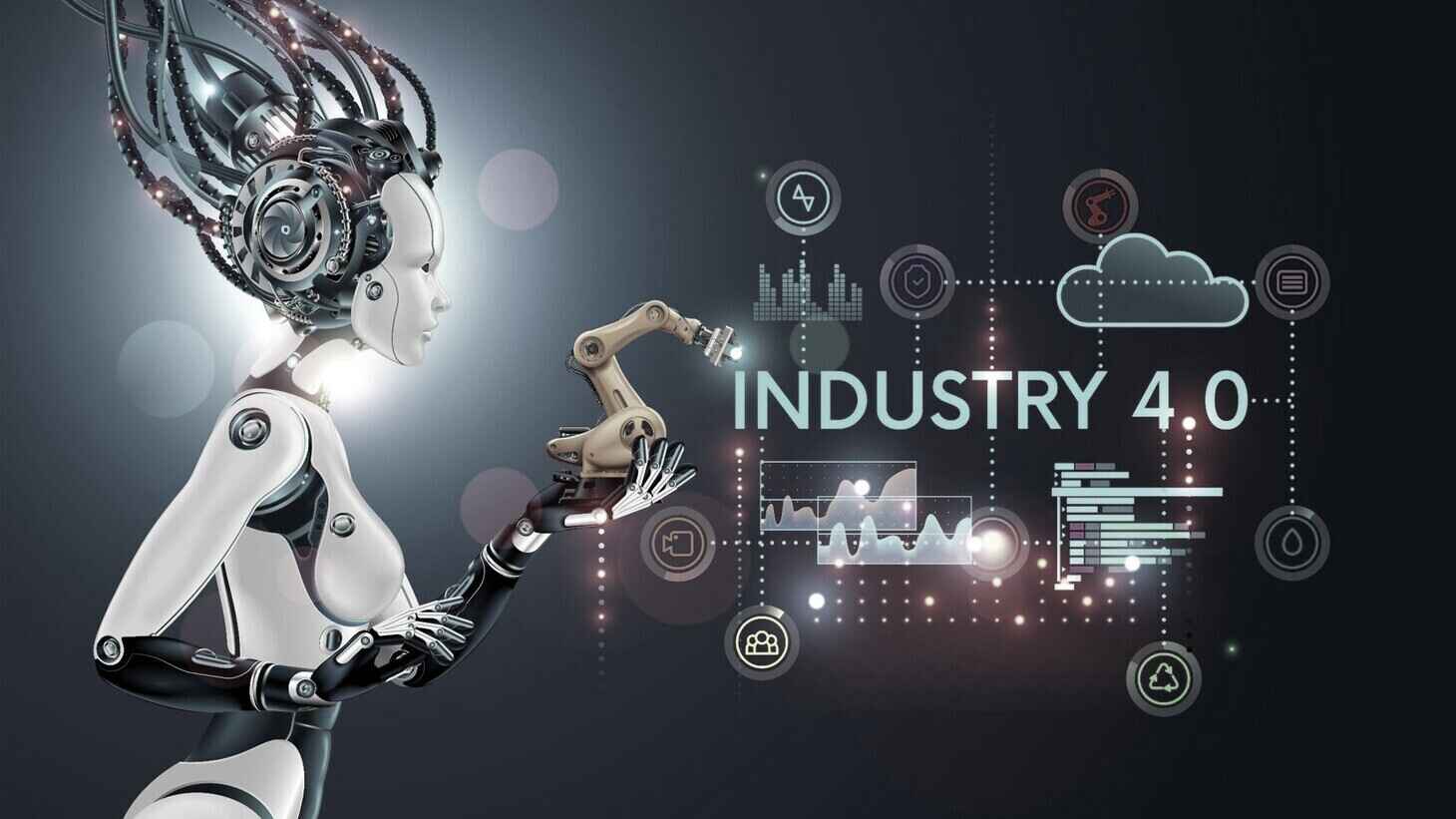
2. Product Design and Innovation: This is offered to Grade 10 and up and starts with a minimum of 3 to 6 to 24 months to build credentials for Top Schools
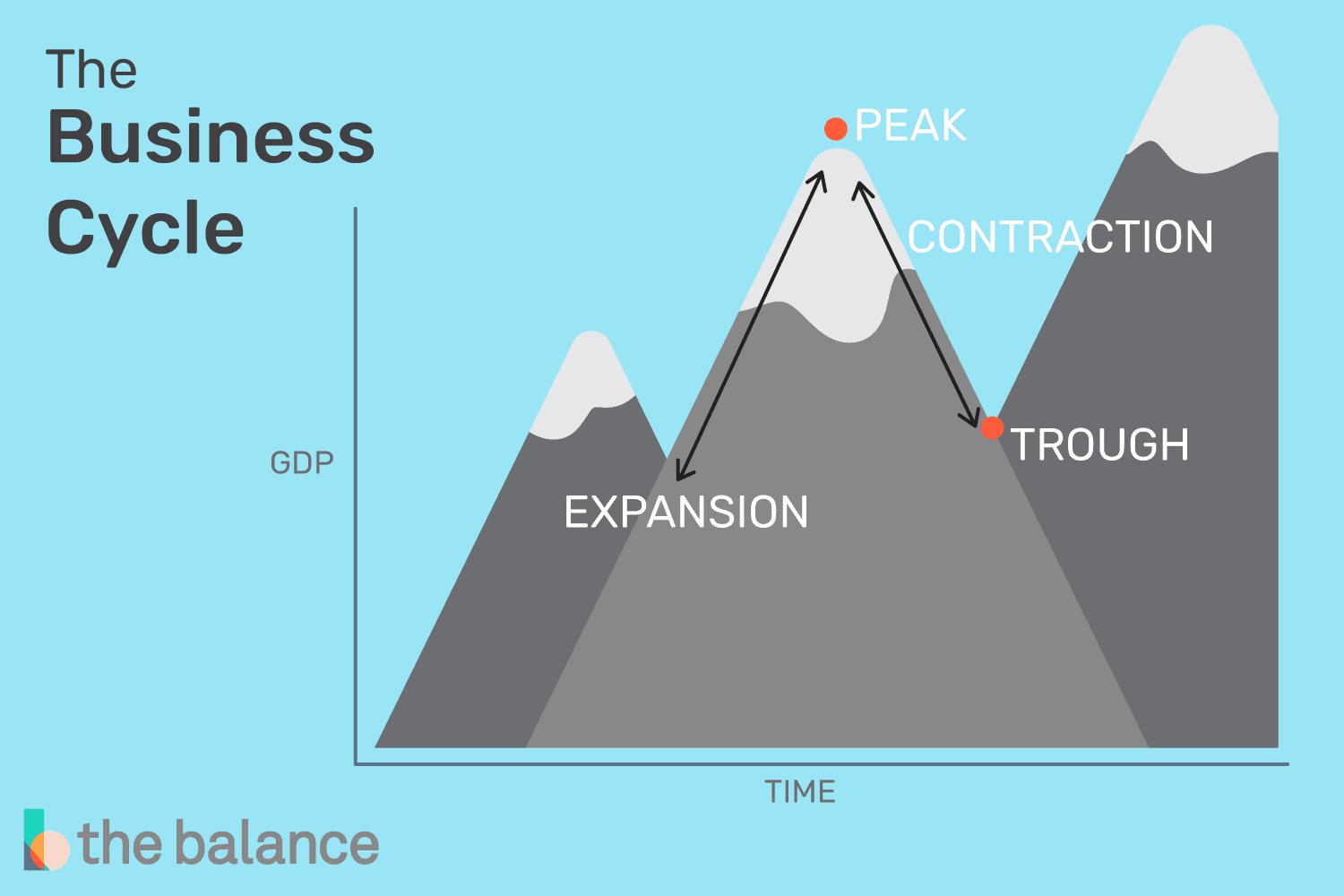
3. Economics and Business Research: Students focus on intense business research and economic models

4. Finance, Crypto, and Technology: Students focus on Financial modeling, stochastic research, and research. They are also trained in Stock charts, Crypto charts, and other predictive models to build a project that helps them towards advanced knowledge on the subject in a simple and practical manner, instead of jargon.
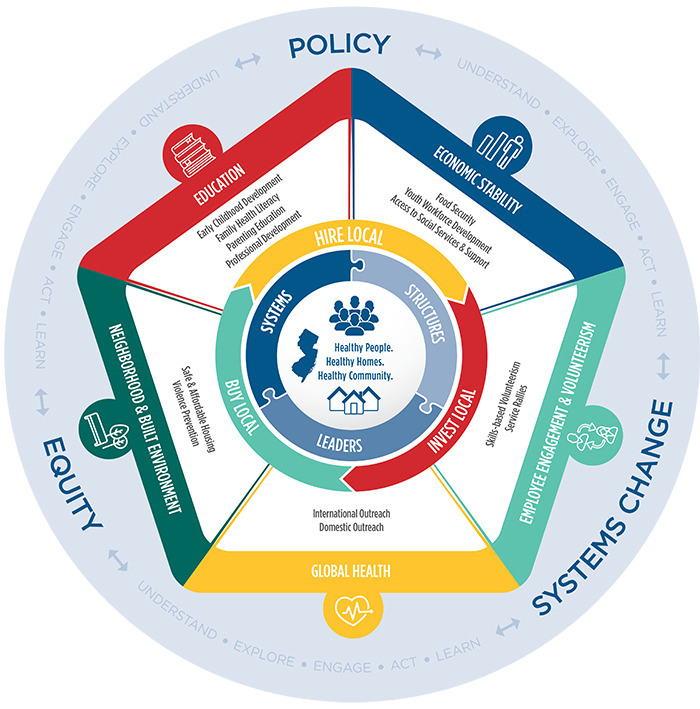
5. Social Impact, Environment and Govt Policy. Students focus on intense research and alignment with root-cause analysis and system dynamics.
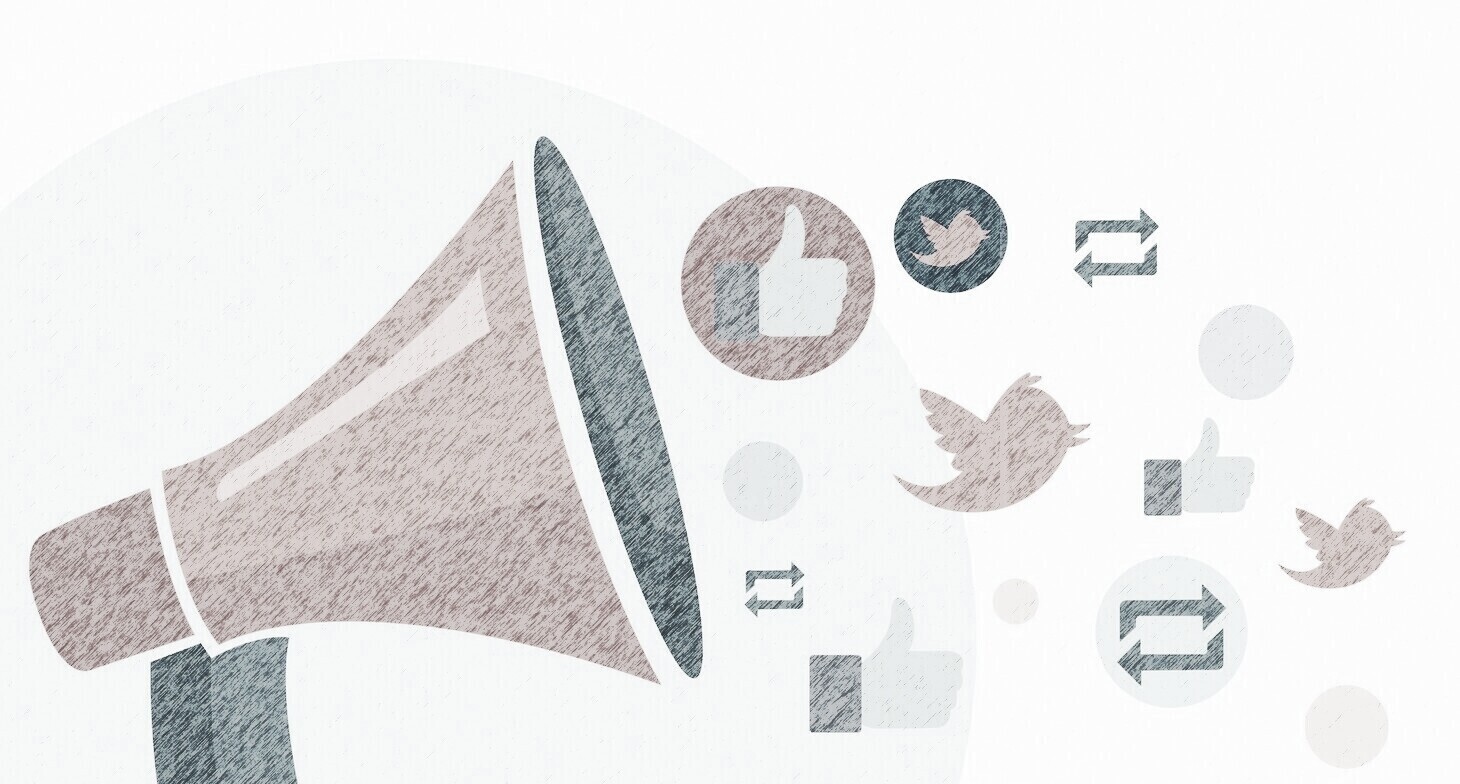
6. Journalism, Marketing, and Media Activism. Students focus on building communication and distribution models to illustrate original findings through live interviews. This will be the future of independent journalism with content stored in the Blockchain for authenticity and tokenized for monetization.
1. Process: HBS Education Model
Harvard Business School Executive Education Model
The HBS Executive Education model is the finest we have experienced in experiential learning, which is how humans learn. There is no point in being a superb technologist if one doesn’t know how to communicate, solve business problems, and have no sense of collaborating with others. The future of work is all about collaboration and diversity – e-Pluribus Unum or Many to One. In simple business terms – we call it convergence.
Our model of teaching is through a real-life case-study approach to learning. It takes the human element, the culture, the understanding of the student, and answers the most important thing of all – the “Why.”
Students in our program go through an exhaustive assessment to help us understand how they think and how they see themselves in general—Thats how we fit into the student, not the other way round.
2. Process: MIT Systems Thinking Model
MIT : Technology and Systems Thinking model
While the pedagogy of the HBS Executive Education model looks at the human perspective and the way to learn, our Internships, coaching and mentorship focus on “execution” through “problem-solving” and “design-thinking.” This model is the core of System Thinking, which resonates with “Critical Thinking” instead of “Critical Reasoning.”
Since we are in deep times of change and transformation where humans, robots, and AI converge at work in the near future, humans’ contribution in society and work will only be about solving problems.
System Thinking, System Dynamics, and Design Thinking are the future models, and these are hardly taught in schools today, and we drill these methods right into the student from the first day to help them adapt to the future.
Case Study: Internship Outcomes
Below is a live example/case study of a student in our Internship program for 6 months during the 12th Grade ( High School Senior).
Step 1: Assessment
Student: Shramaan Chakraborty of Chicago entered late into the program. He had six(6) months to start applying for colleges, an exceptional student with 1550 SAT, but needed a hands-on project to differentiate himself during the admission process.
Assessment: Note – the evaluation of the above student is confidential, although we have divulged a small piece below. The assessment helps us understand the student better, the focus area, the thought process of the student, and which Internship and mentor will suit the students’ needs. If you are a student looking for an Internship with us, please take your time to submit your application. It takes an hour to go through the assessment. All assessments are confidential between the student and us. We do not send the students original response to the assessment to anyone including parents.
student assessment
Step 2: What They Deeply Care About
Student: Shramaan Chakraborty of Chicago: we later realized deeply care about people with cerebral palsy. For those who do not know what it is – it is a condition of the spine(mostly) where the person is forever tied to a wheelchair and caregivers.
Identifying what they genuinely care about is critical.
The reason is – first they focus their attention and find meaning. Second – they try and find the problems involved. For example, the student realized that children with cerebral palsy have to be fed and clothed. Imagine, the independence we take for granted is what a person with cerebral palsy dreams of in their life.
Step 1. Identify the Cause
We assisted the student to understand the “Cause” and use their passion to deeply care about the cause
Step 2. Research The Problem
This is where the student has to extensive research about the problem and come up with possibilities.
Step 3. Understand the Boundaries
This is where the student gets introduced to System Thinking, Design Thinking to find “Root Causes”
Step 4. Life Experience
The student had to call those with cerebral palsy and other disabilities to understand real problems.
Step 5. What can you do?
After studying the problem in-depth, the student is now asked to solve at least one problem with Robotics
6. Student Creativity
Now the student starts thinking creatively, how to solve problems. This process makes a BIG Impact
Step 3: Idea Development
This stage is all about creativity and having conceptual thinking about what they can do to make a difference. Here is the video outlining the student’s motive.
Note: Note – Students will never be able to build the perfect plan immediately. Infact, it takes months. Students of today lack “life experience” and that is exactly what we build here. Parents and Students – please note, Top Schools measure you based on the “life experience” you have developed outside of school work. The essays and others are all designed to capture that. If you are struggling to write the essay – that perhaps is a possibility that you have no real life experience outside your studies. Enjoy the 5-minute video now!
Step 4: Product Concept Design
This stage is the most creative of all. The student has a decent grasp of the problems, has some ideas, has the interest (after all they deeply care about a cause) and now they unleash their creativity to build a possible product.
Note: Enjoy the video that builds the product based on concepts! The student Shramaan Chakraborty built the concept of a robot that can feed those with cerebral palsy. A Robotic Feeding Arm called “Arm-e”
Step 5: Designing the Robot
Step 1. Learn a CAD Tool
Student was introduced to Onshape, the best SaaS CAD tool
Step 2: Learn the Software
Now, this does take a bit of time and this is a tangible skill a high-school student develops here
Step 3. Apply Creativity
The student unleashes their thought process to transfer their idea into a real-world feel model
Outcome: This is the first product prototype built by the student.
Note: The student builds the prototype and feels great about it. The student now gets the real hang of applying their thought process, innovation, boundaries, the problems and is excited to see things in action. Watch the 30-second video.
Step 6: Apply Systems Thinking
Step 1. Get to know Real World
This is where the student starts understanding the value of solving problems and thinks deeply
Step 2: Solve based on Constraints
The student now finds MIT’s materials on System Thinking very vital and we start teaching them
Step 3. Iterate, Iterate and Iterate
This is where the student really starts learning how to design the Robot based on challenges and problems.
Outcome: Our mentorship now builds deep interest in the subject, and the student dives deep into critical thinking mode!
Note: Student now starts buying Raspberry Pi and other gear and takes an active interest in Python coding. Here is a 7-minute video of project updates recorded by the student himself.
Step 7: Final Product Design
Step 1. Student Builds Website
Student takes all learning and builds a website to highlight learning and life experience
Step 2. Network with Coaches
The student now starts interacting with Coaches from the Industry who take a deep interest in the project
Step 3. College Credentials
This student receives recommendations from the Industry for a great job done, has all ammunition to write essays
Outcome: Our mentorship helps the student Learn, Build Prototypes, and create Credentials to differentiate oneself during the college admission process – from no credentials to top credentials in 5-6 months
Note: The student received several admission notices from #1 engineering schools and pursues fine-tuning his invention everyday. Enjoy the final iteration of Robot Arm-e
School Of Internships
Conclude: Outcomes
Step 1. Career/Goals/Aspirations
We understood the student’s interest. One can never coach effectively until one understands the pulse!
Step 2. Industry Relevant
Our Internships are designed with Ivy League-level quality – the best you get in the Industry, globally!
Step 3. Build Project
Projects that solve BIG problems. The student enhances life experience, skills and networks effectively
Step 4. Received Accolade
When students perform and learn effectively – it shows. The project received kudos from the Industry and from the Cerebral Palsy Community
Step 5. Credentials/Resume
Built the exact credentials Top Schools want to see in students and the life experience needed to get there. Just SAT scores won’t get you there!
6. Dream Schools
Create a path to reach your goals, but by doing things differently. Old rules don’t work. Think Differently! Be yourself, our coaches will help you succeed!
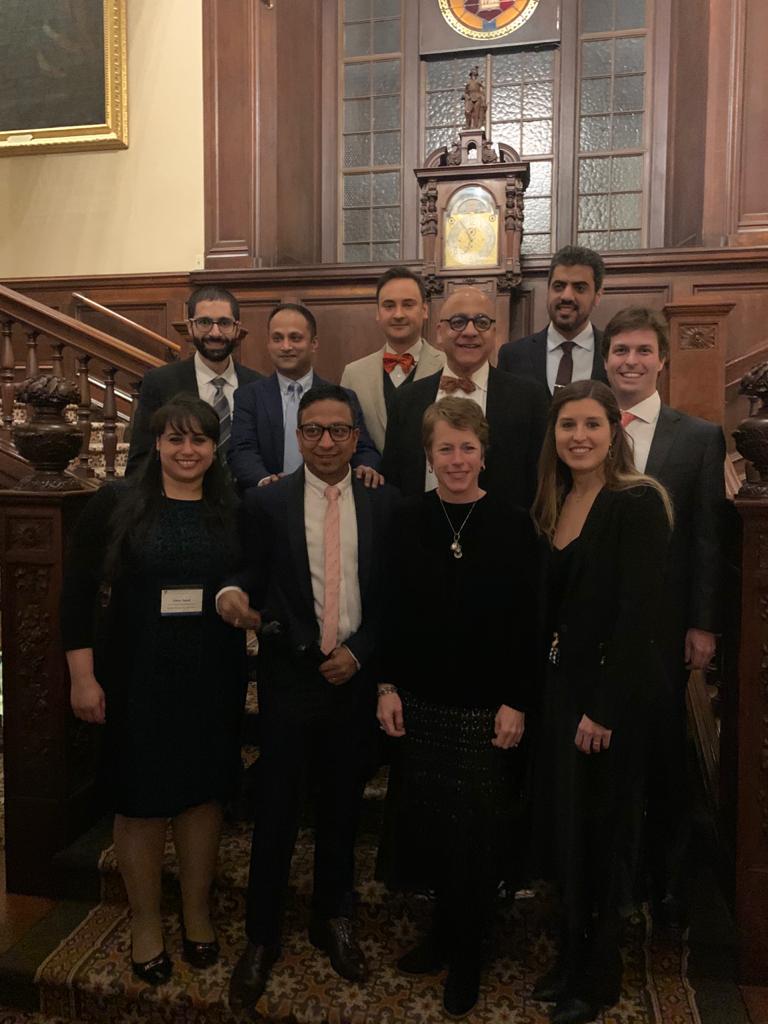
You can trust us!
We are a group of PLD ( Exec MBA alternative) Graduates from Harvard Business School. We are stalwarts in the industry globally, and we believe the old internship models need to be replaced with new ones that fit the Digital Age. The old model doesn’t really help the student – so we invented the new one – School of Internships
We want to help Students
We are deeply concerned about the current student situation, specifically, those in High School and their future as everything in higher education, jobs, and the Industry is about to change. Students will need to learn a new set of skills early in their careers and also differentiate themselves during college admission.
We are busy professionals in the Industry, but we started this program out of a passion to help students. You are in good hands!
Get In Touch
(978) 674-55 ZERO FOUR (USA#)
Location
Project Starfish America
181 Market St, Lowell, MA
internships at pstarfish dot org ( format guards spams )
Hours
We are 100% global/virtual spanning multiple countries, but if you have a query, we usually answer in a day or two.
